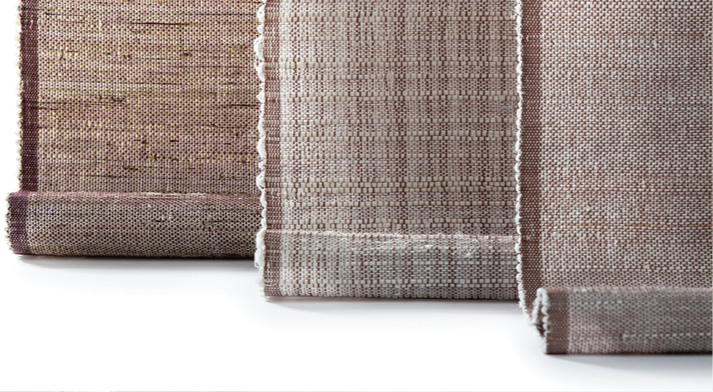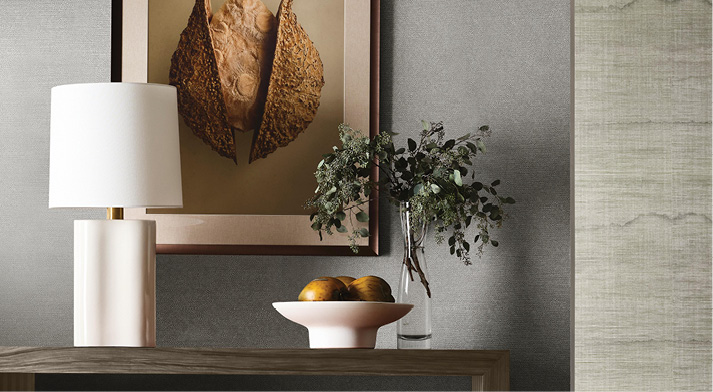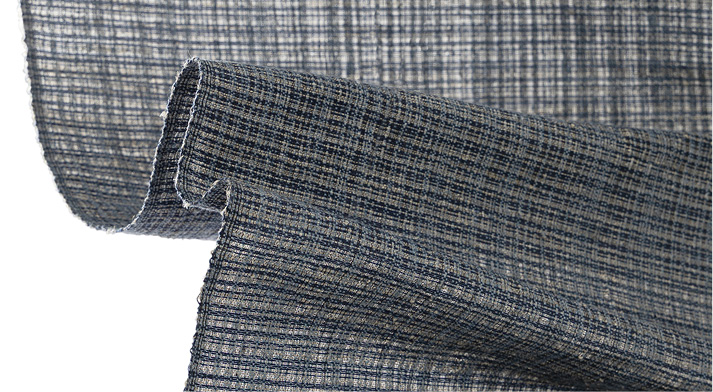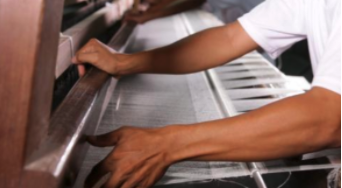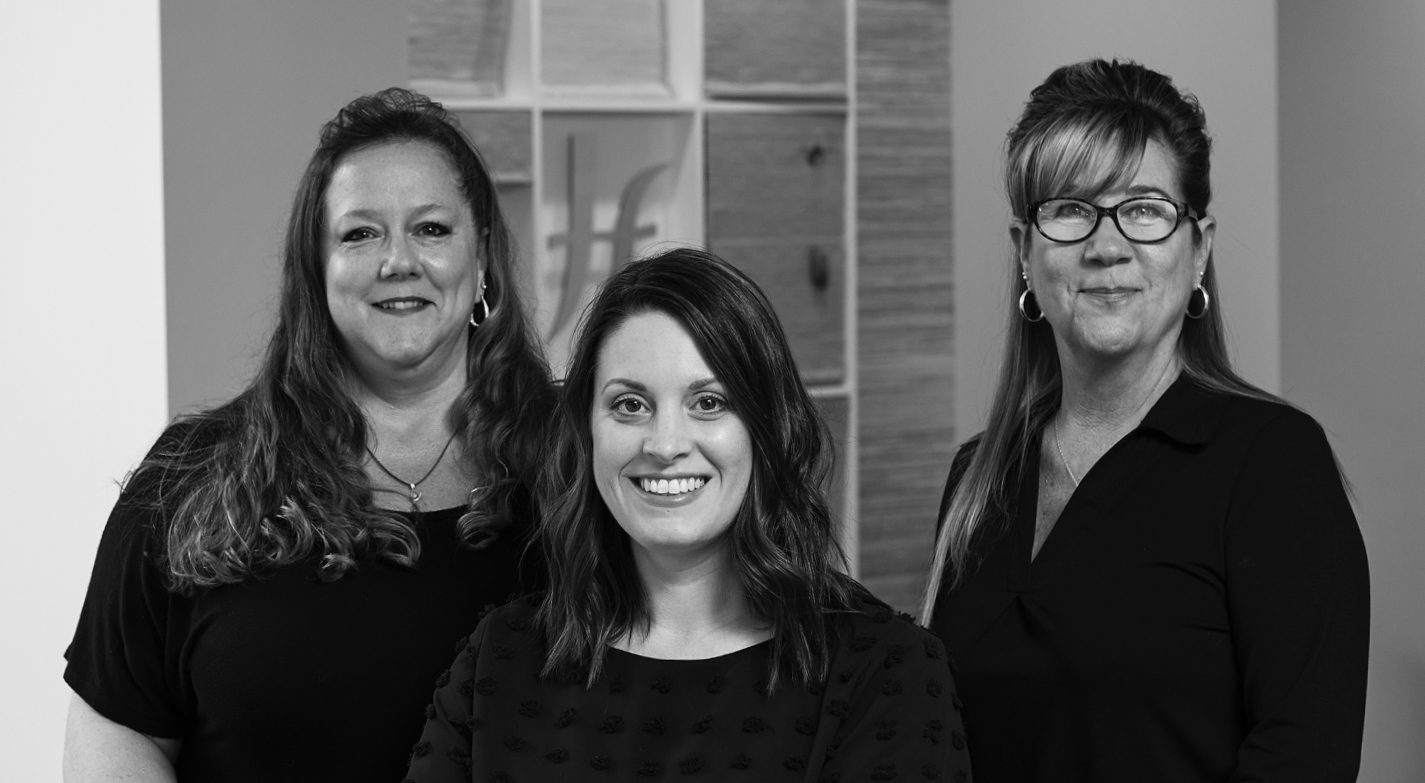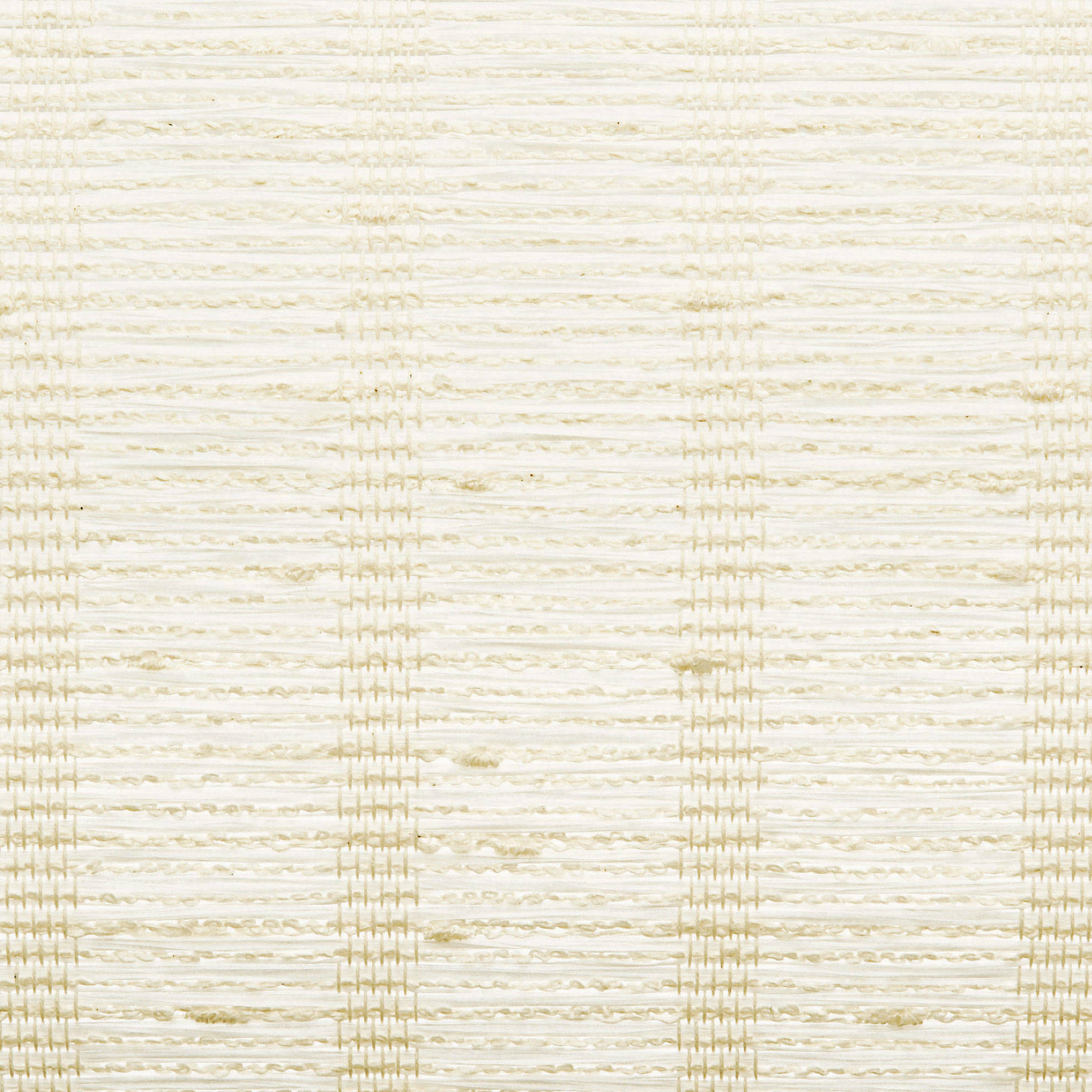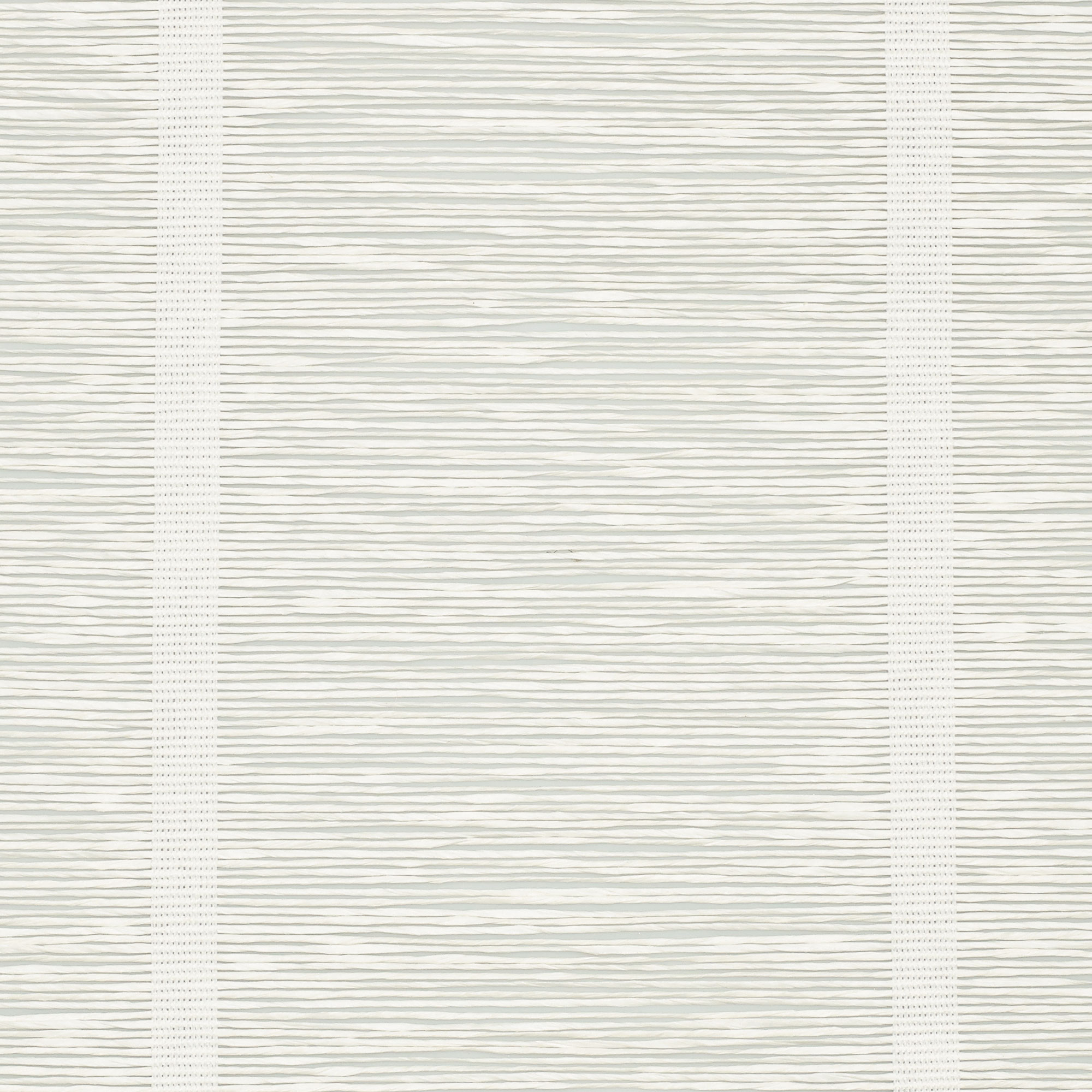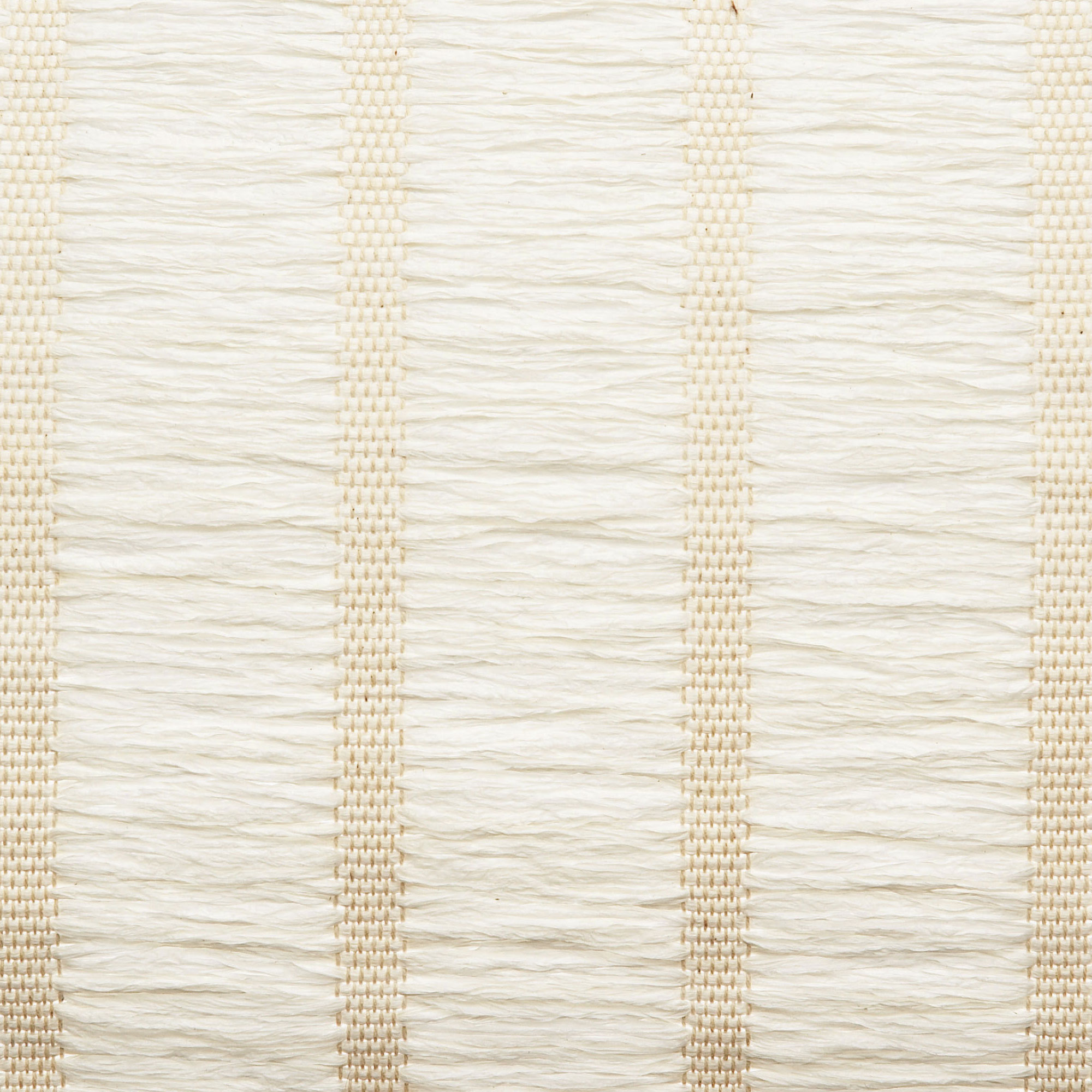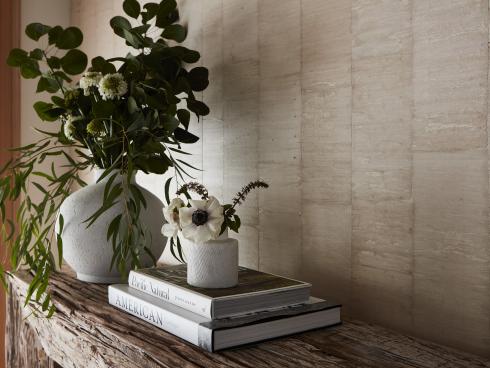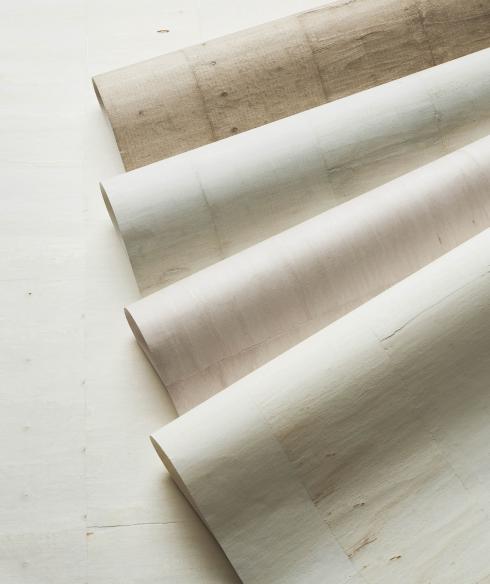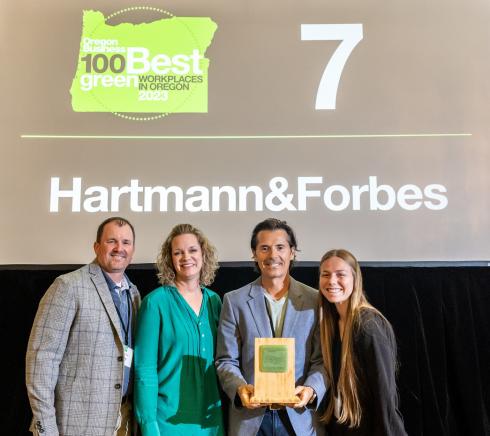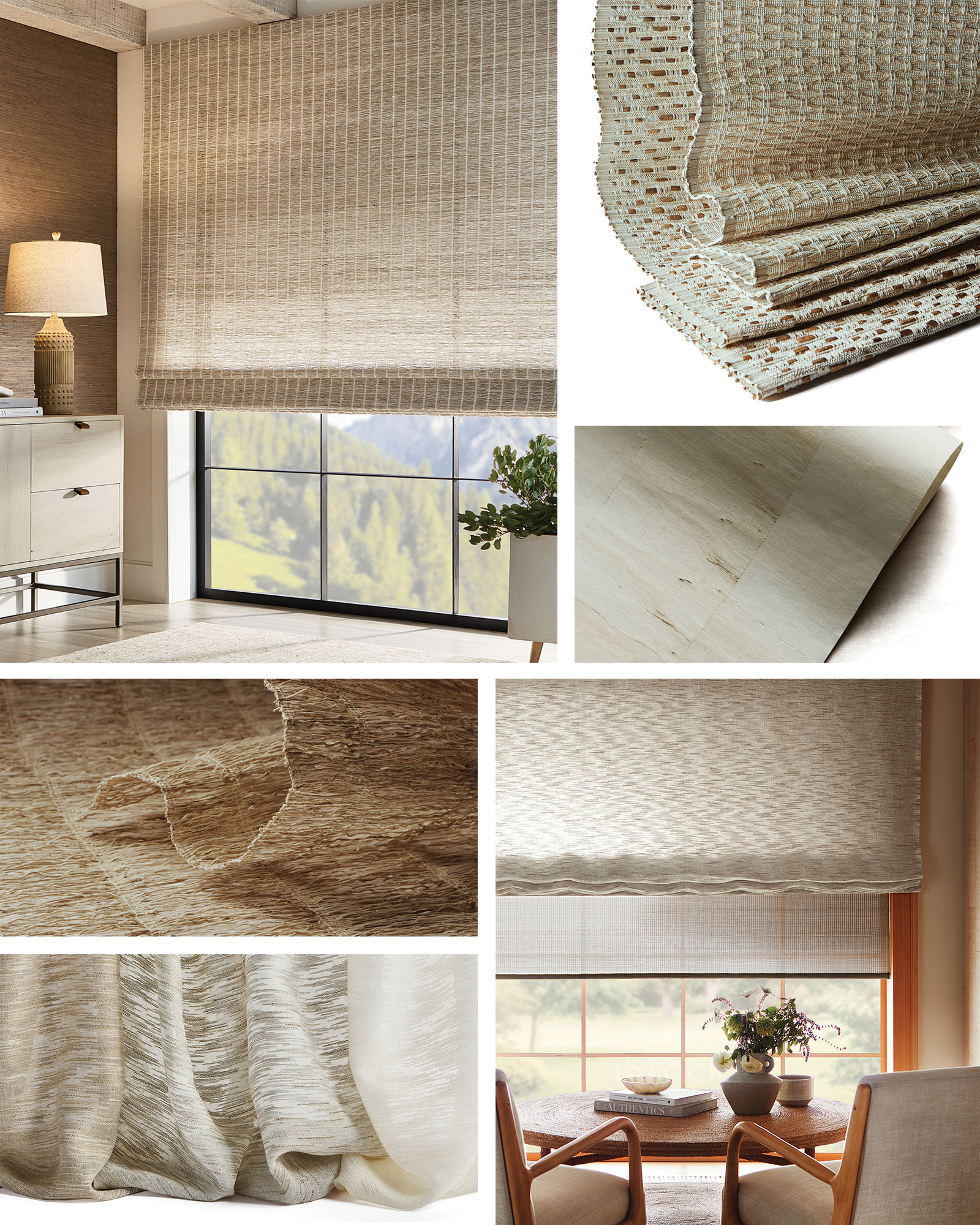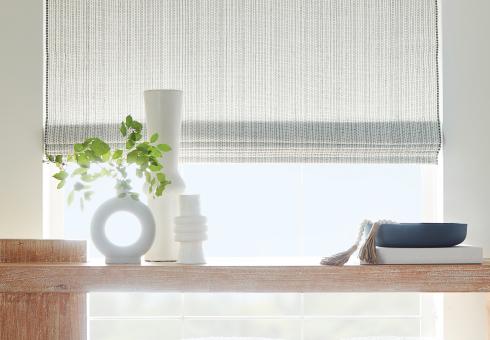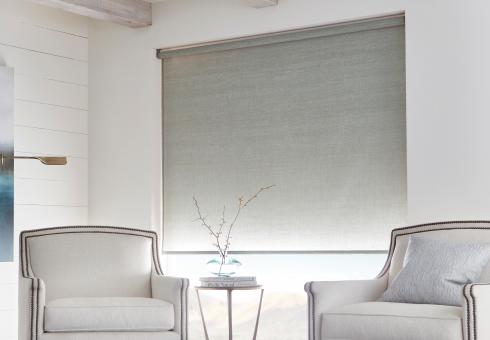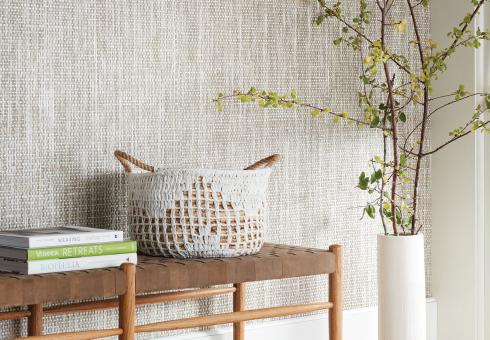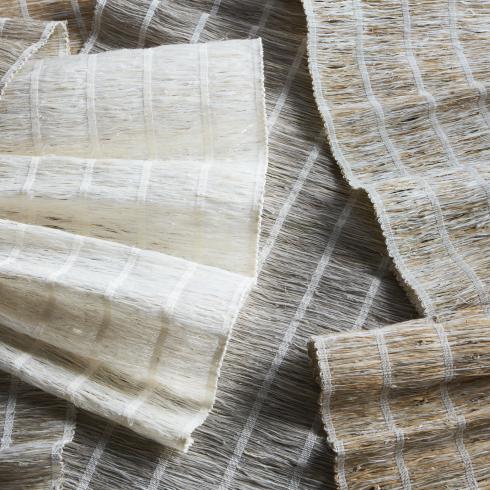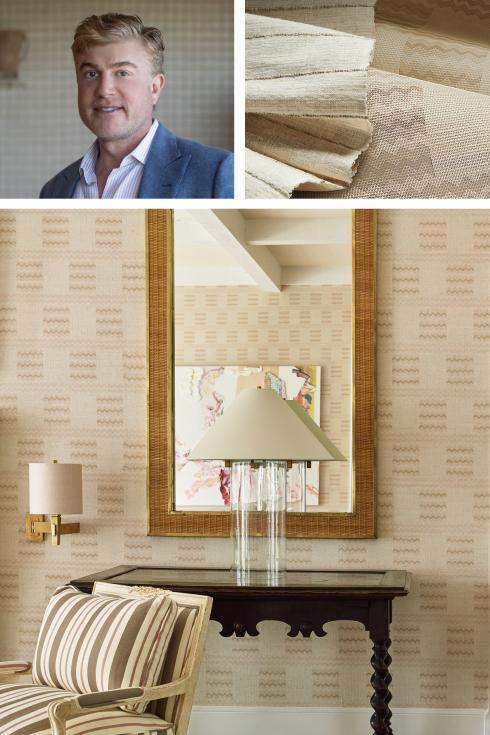MONDAY AUGUST 7, 2023
2023 SAN FRANCISCO DECORATOR SHOWCASE

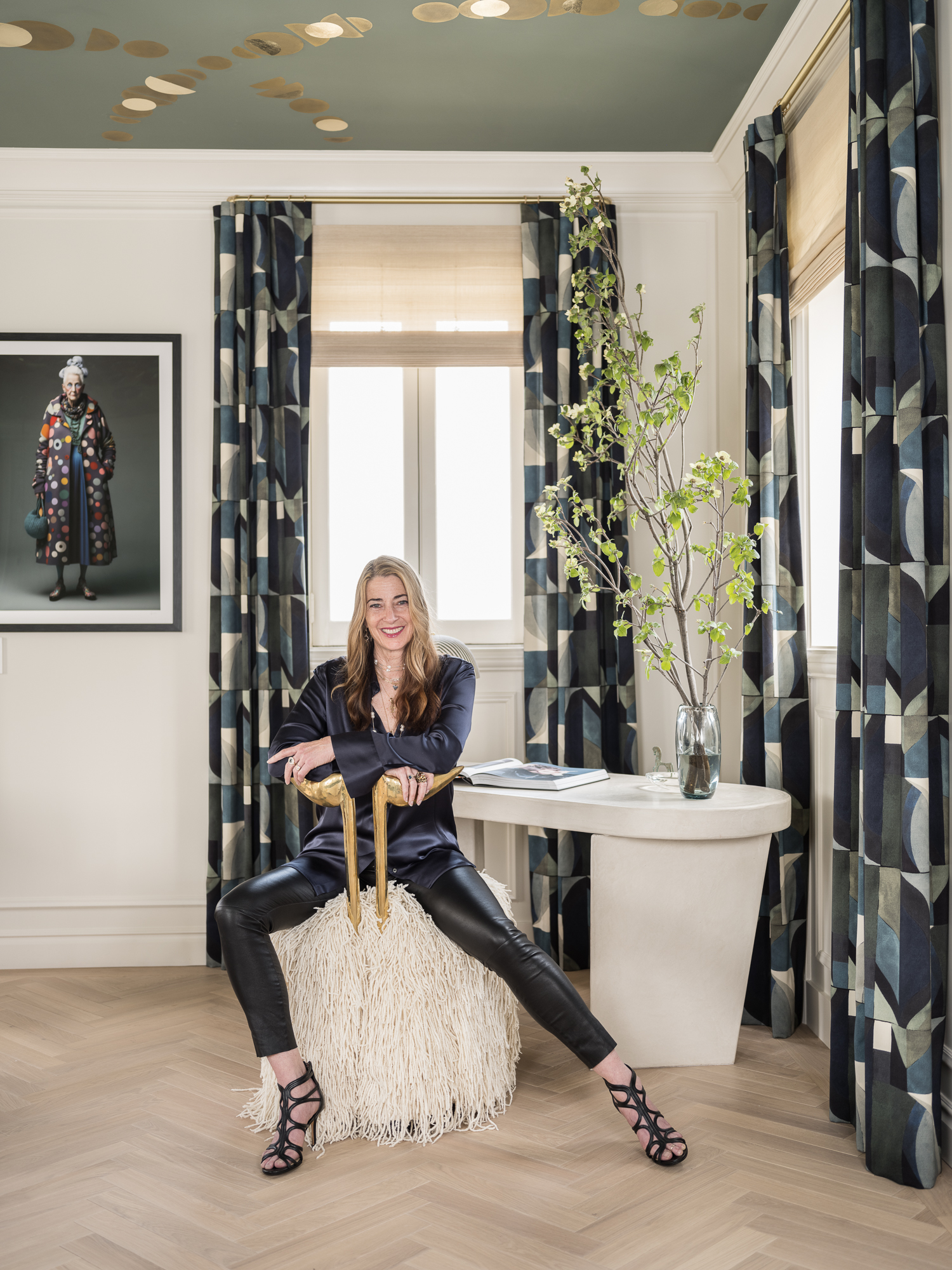
DESIGNER: Tineke Triggs is known for creating soulful, artistic, and imaginative interiors. By mastering both the art and science of design, her work gives rise to a unique form of design mixology. Her elevated interiors not only provoke the senses but deliver on the details that create truly memorable spaces.
A veteran of six San Francisco Decorator Showcases, her award-winning work has been featured in numerous publications.
HOME: 2023’s San Francisco Decorator Showcase house was built in 1927 by renowned architects Hyman and Appleton. Located in the scenic Sea Cliff neighborhood with stunning views of the San Francisco Bay, Golden Gate Bridge, and the Marin Headlands, the home is a magnificent example of 18th-century Mediterranean Spanish architecture.
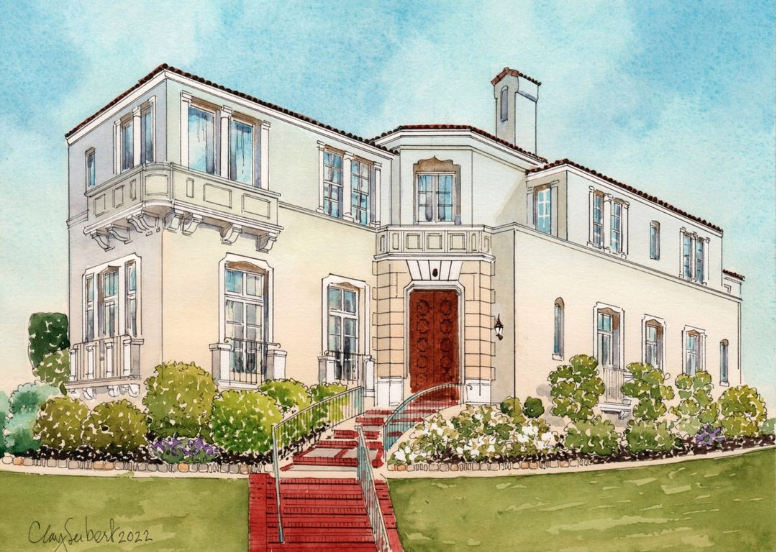
PROJECT: Triggs transformed the Primary Suite in the 6,100 s.f. home
SHOWCASE BENEFICIARY: Since 1977, the San Francisco Decorator Showcase has raised over $17 million to benefit the San Francisco University High School financial aid program. These proceeds have afforded hundreds of deserving and talented Bay Area students access to a world-class college preparatory education.
Hartmann&Forbes was delighted to partner with award-winning designer Tineke Triggs on her window coverings for the Primary Suite in this year’s San Francisco Decorator Showcase. We recently sat down with Tineke to chat more about her Showcase designs and how she approaches window coverings in her clients’ projects.

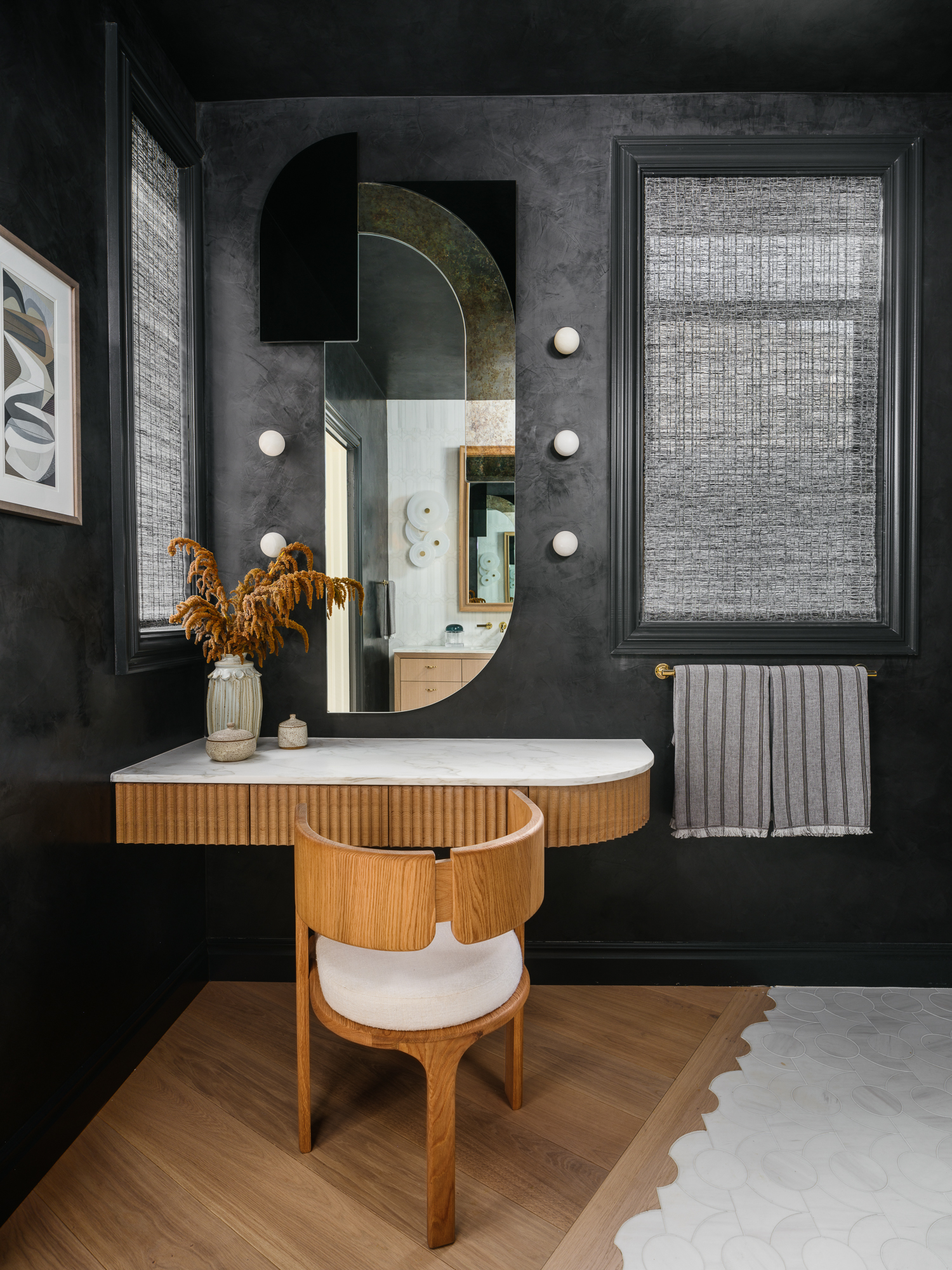
H&F: The 2023 Decorator Showcase opened in late April with rave reviews of your Primary Bedroom and Bathroom designs. Tell us more about the themes you chose for each of these spaces.
TT: The Primary Bedroom, “A Rare Gem,” pays tribute to humanity's long-standing love affair with gemstones and their ability to evoke beauty, wonder, and elegance. For millennia, humans have been drawn to the allure of gemstones, adorning themselves and their surroundings with these vibrant, colorful treasures. Taking inspiration from the extraordinary hues, life, and energy that gemstones possess, I created a sanctuary reminiscent of a luxurious jewelry box.
In contrast, the Primary Bath and Dressing room present a darker and moodier theme and are the bedroom’s sultry counterpart. “Curve Appeal,” the primary bath is designed as a personal retreat for two, bringing strength, order, and grace to the space.
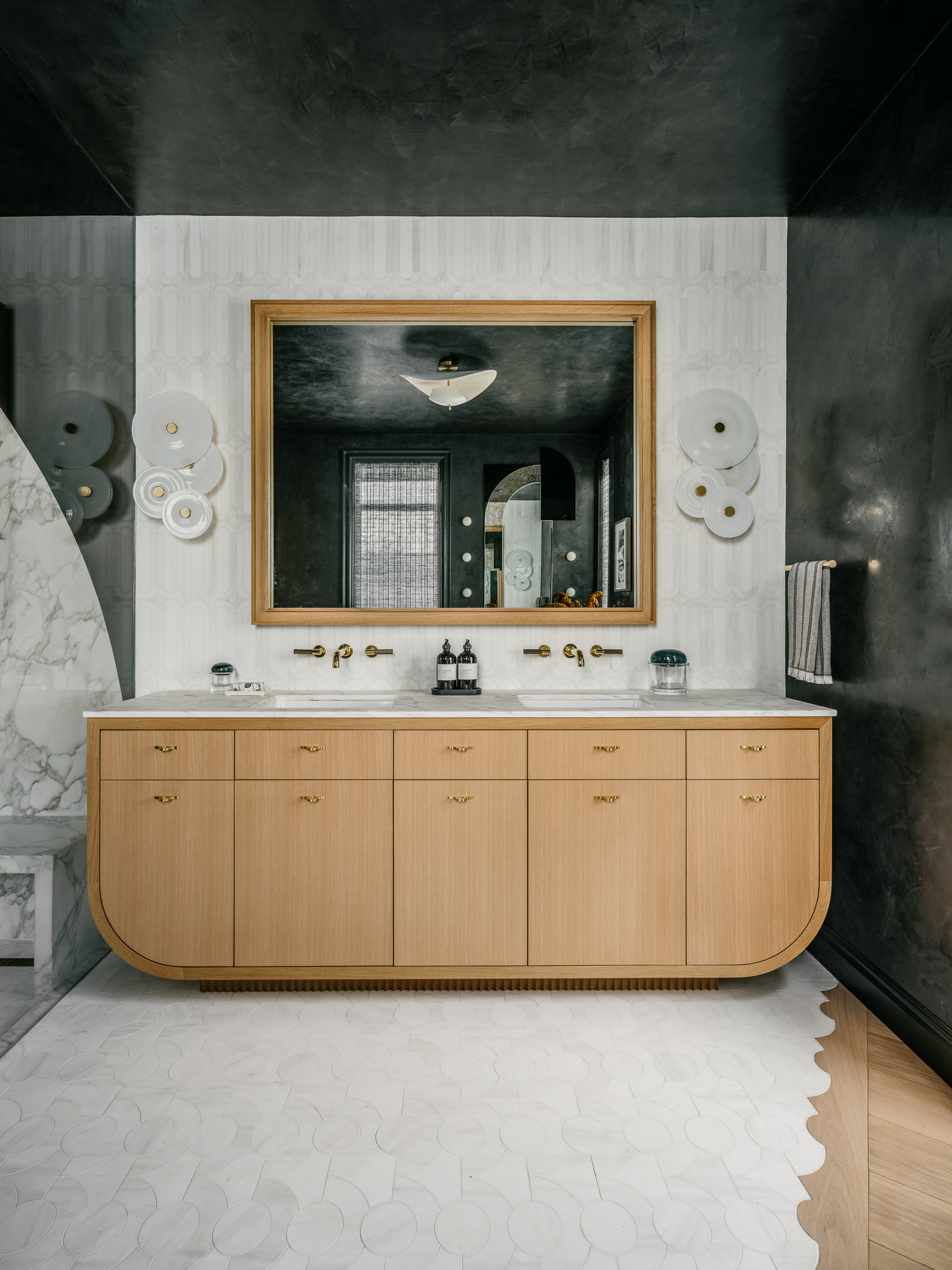
H&F: Both of these rooms turned out stunning! There are so many design “moments” from the floors to the ceilings and everywhere in between. It’s clear that you put a lot of time and energy into this project. As an established, successful designer and veteran of six San Francisco Designer Showcases, what keeps pulling you back into the Showcase year after year? What is your return on investment for participating?
TT: Participating in showhouses offers several benefits for designers. It provides a creatively challenging environment that pushes designers to think outside the box and explore new ideas. Showhouses offer great exposure and visibility, allowing designers to showcase their talent to a wide audience, including potential clients and industry professionals. It also facilitates networking opportunities, enabling designers to meet and bond with other amazing designers, fostering collaboration and knowledge exchange.
H&F: Speaking of collaboration, you worked closely with Susan Lind Chastain, one of your favorite drapery workrooms, on the design of the window treatments at the showcase house. Is partnering with a workroom something you do as a standard practice in your firm’s projects?
TT: In San Francisco, you’ll find a plethora of old buildings boasting exquisite moldings and intricate details. However, when it comes to window coverings, things aren’t always straightforward. Working with a trusted workroom not only ensures the delivery of quality craftsmanship and attention to detail, which is essential for achieving a polished and professional finish, but my workrooms also provide crucial problem-solving capabilities. Effective collaboration with skilled workrooms and installers allows me and my team to navigate smoothly through any challenges that may arise during the design phase and/or with the installation of the window treatments.
H&F: Were there any challenges you and your workroom had to overcome with the window treatments at this year’s Showcase house?
TT: To create a more cohesive visual effect and conceal architectural inconsistencies within the room, the smaller windows were fitted with outside/wall-mounted shades positioned at the same height as the larger shades adorning the doors. This clever optical illusion creates the impression of larger windows, seamlessly harmonizing the overall appearance.
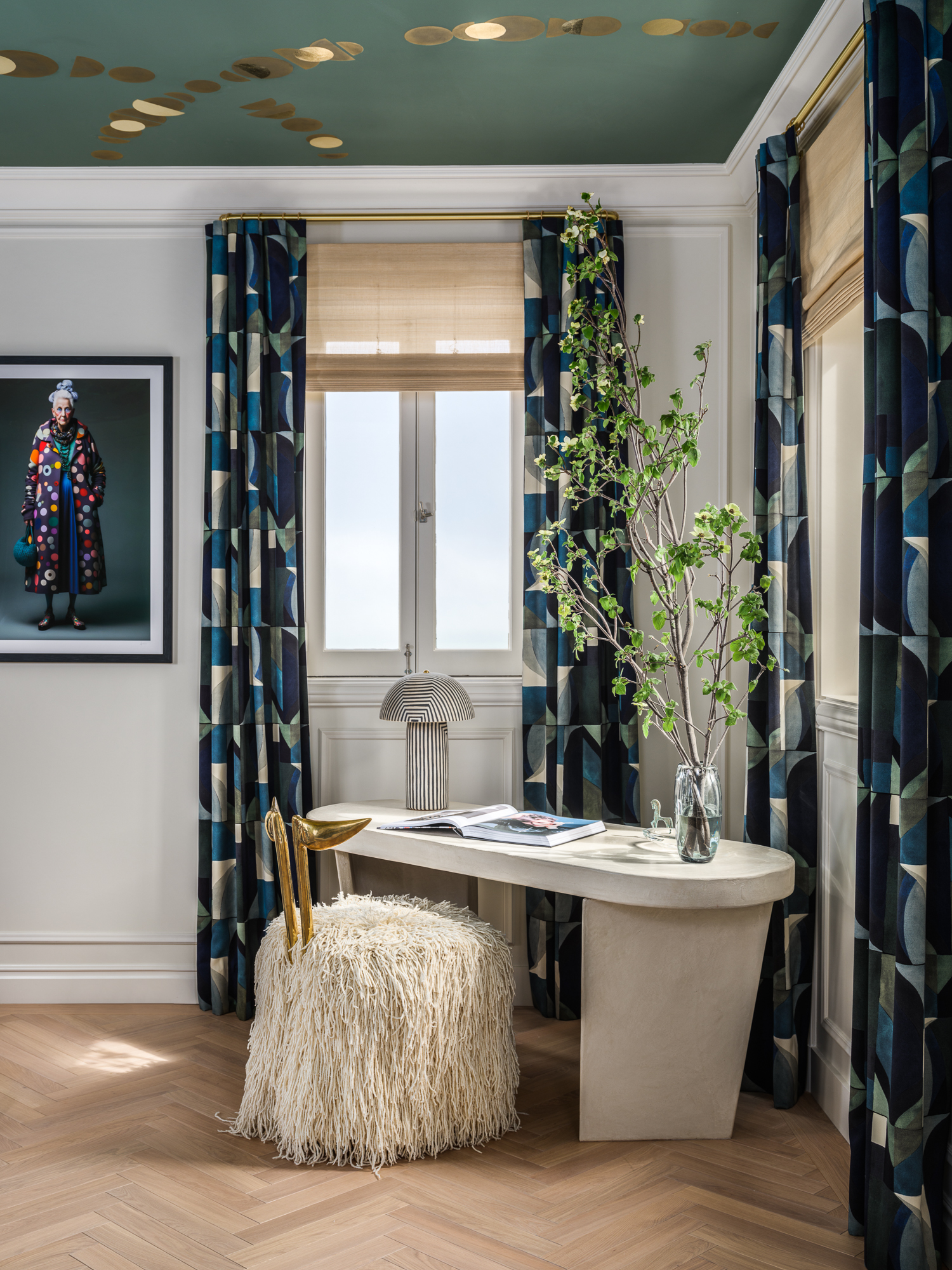
H&F: And you installed the same full-length draperies over the shades at those smaller windows, too, which further adds to the balancing effect. On that note, there seems to be a current design trend toward using more layers at the window. Is this something you are incorporating into your clients’ projects as well?
TT: Yes, incorporating layered window dressings, such as drapery and shades, is a common practice in my work. From a practical standpoint, it allows for versatility in managing sunlight and privacy. Sheer fabrics can filter sunlight while protecting furniture, and blackout options can provide complete privacy when desired. From a design perspective, layering different window treatments adds a sense of depth and sophistication to the overall look of a space. It's akin to wearing a dress shirt with a tie and jacket, enhancing the finished and completed appearance of the room.
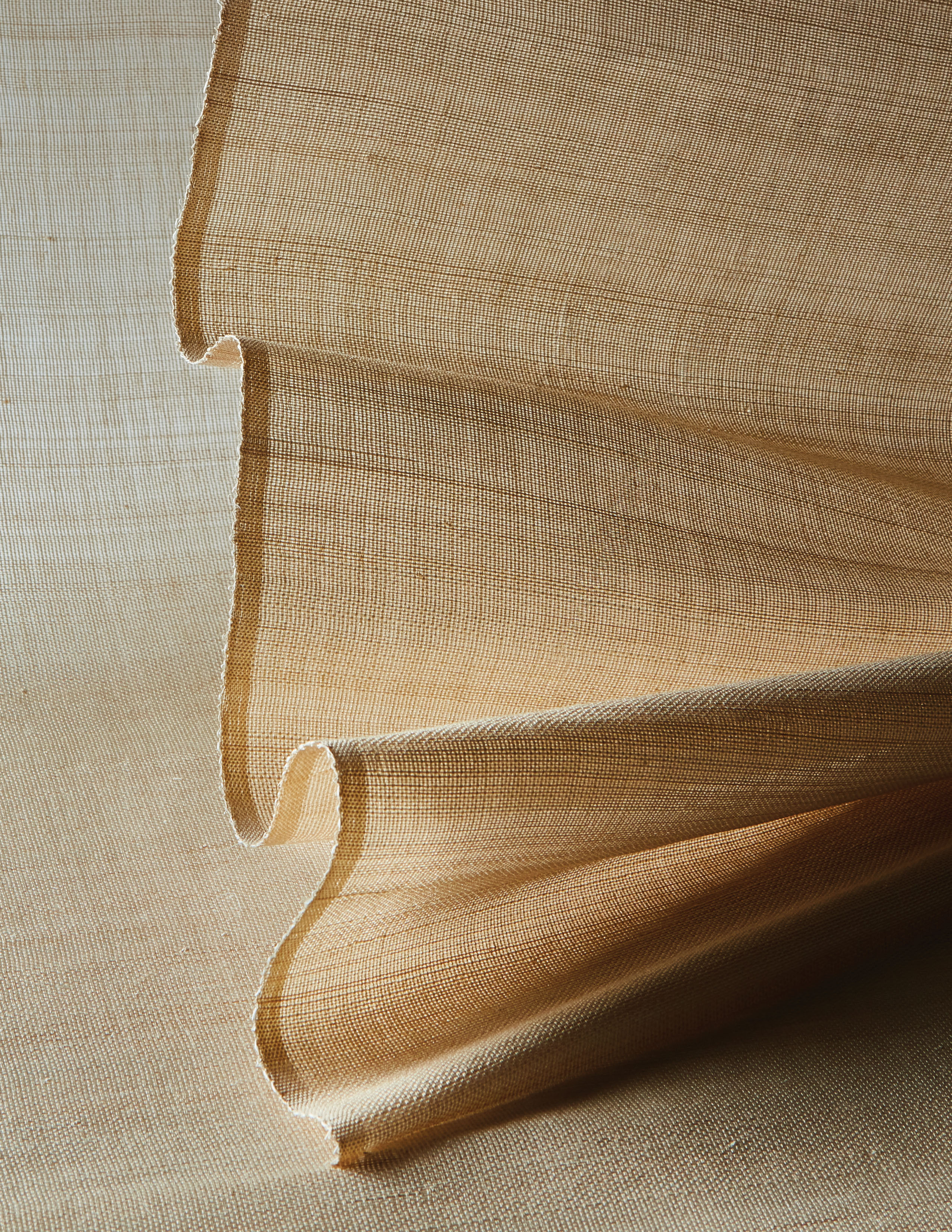
H&F: As a window covering manufacturer, we are big fans of the layering trend. In this year’s showcase house, you used Hartmann&Forbes handwoven natural shades as the sheer layer in the windows. Tell us more about the weaves you selected and what drew you to specify these particular materials for the bedroom and bathroom shades.
TT: For the bedroom shades, we chose LE5209 Ethereal-Gleam. It’s made from banana fiber that has a natural luster that “glows” when sunlight hits it. The warm golden tones create a harmonious synergy between the concept of Rare Gems and the use of precious metals. The resulting ambiance is one of elegance and luxury, where the golden accents highlight the room’s unique features, much like a gem set in a precious metal setting. The weave texture is also very sheer and refined so that you can still see the magnificent view when the shade is down.
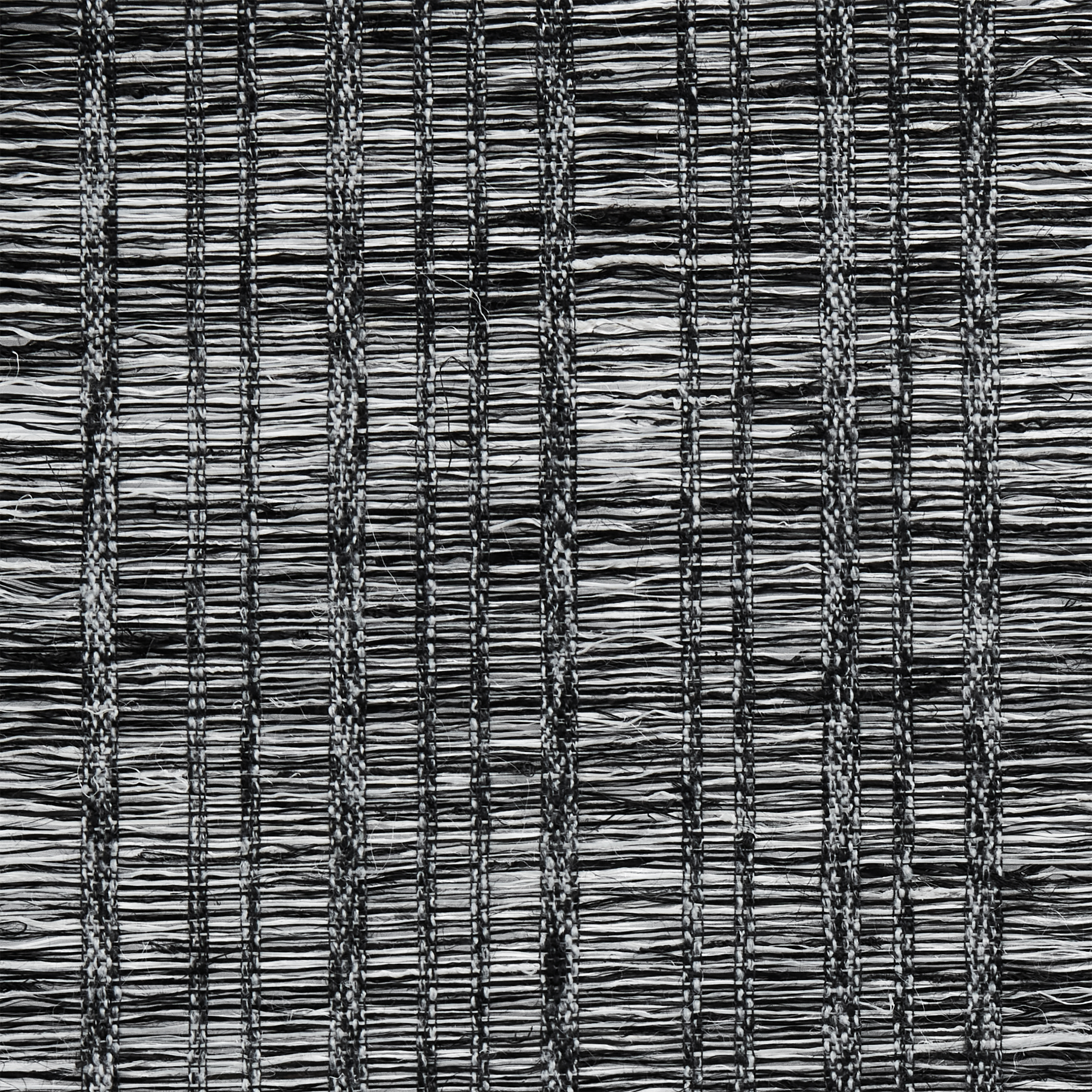
For the bathroom shades, we chose LEEV52-87 Dockside-Jetty from the newly launched Erinn V. Collection. The texture of this particular weave serves a dual purpose in the bathroom. Not only does it add visual interest and depth to the space, but its heavier composition also enhances privacy from the neighboring house. The intricate weave ensures that the bedroom remains a private sanctuary, allowing the residents to enjoy a sense of seclusion and tranquility.
H&F: We were grateful for the opportunity to partner with you again on this year’s Showcase, and we couldn’t be happier with the final result. In closing, we’d love to know what you like best about using our natural handwoven window coverings in your projects.
TT: Your shades introduce a captivating texture and bring a natural element into the room, enhancing its visual appeal and creating a warm and inviting atmosphere. Your use of sustainable materials aligns with my firm’s and my clients’ growing focus on eco-friendly design practices, contributing to a more environmentally conscious approach. Also, your natural woven shades are typically lightweight, making them easy to install and operate while adding an understated elegance to the overall room design.
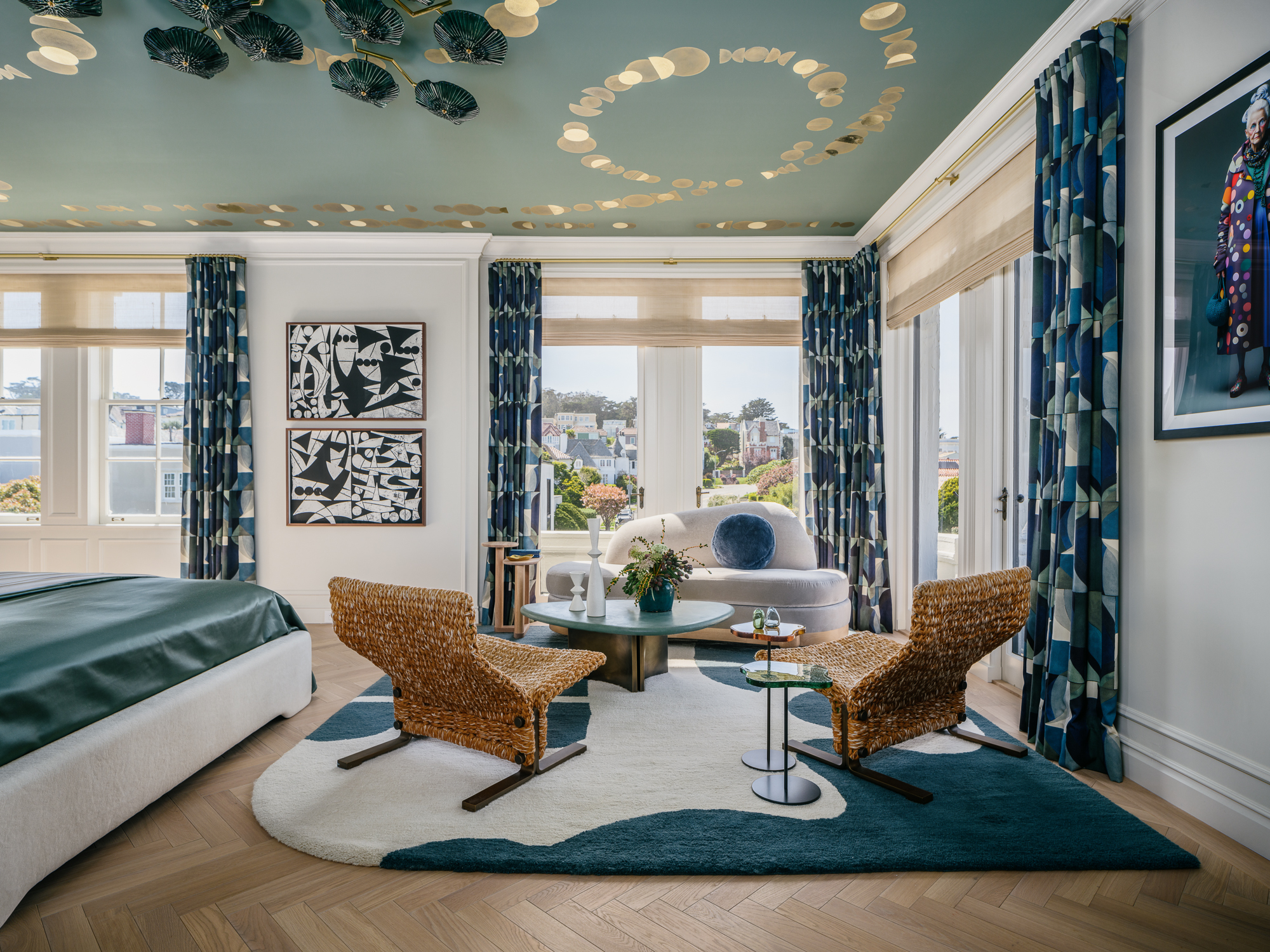

ARRIVING IN EARLY OCTOBER:
Design Mixology: The Interiors of Tineke Triggs
By Chase Reynolds Ewald, Heather Sandy Hebert
Imaginative interiors with character and soul from award-winning San Francisco-based designer Tineke Triggs. This book includes an eclectic mix of projects from ski houses in Lake Tahoe and beachfront getaways in Northern and Central California to reimagined period Victorians to modern homes in Marin County and Silicon Valley.
